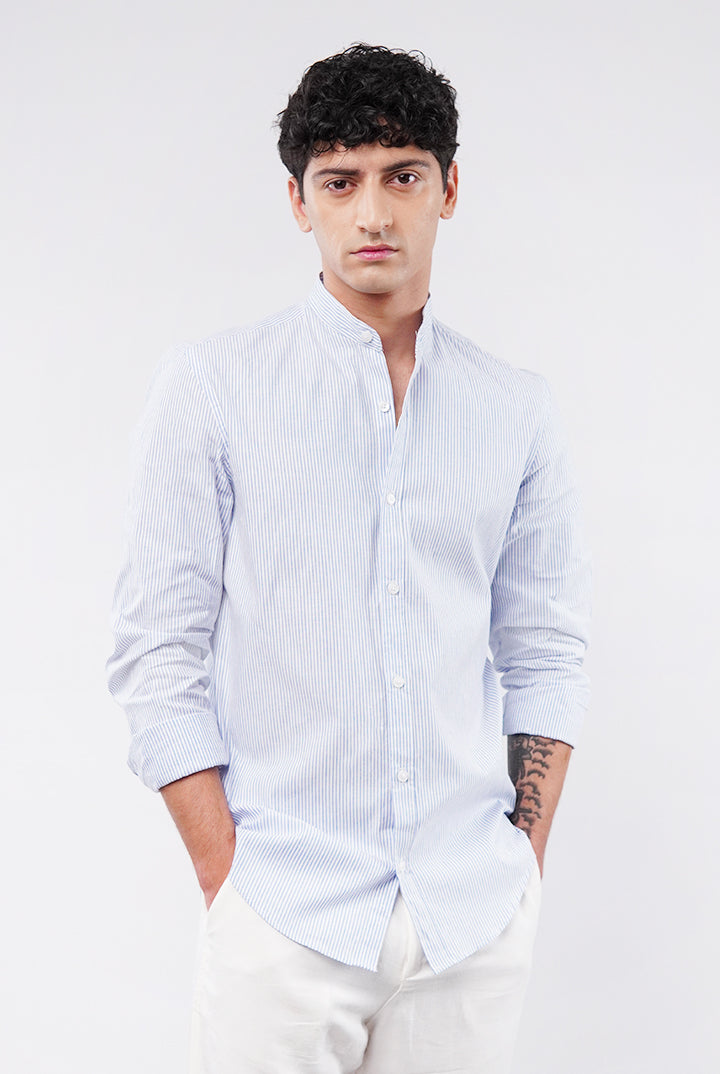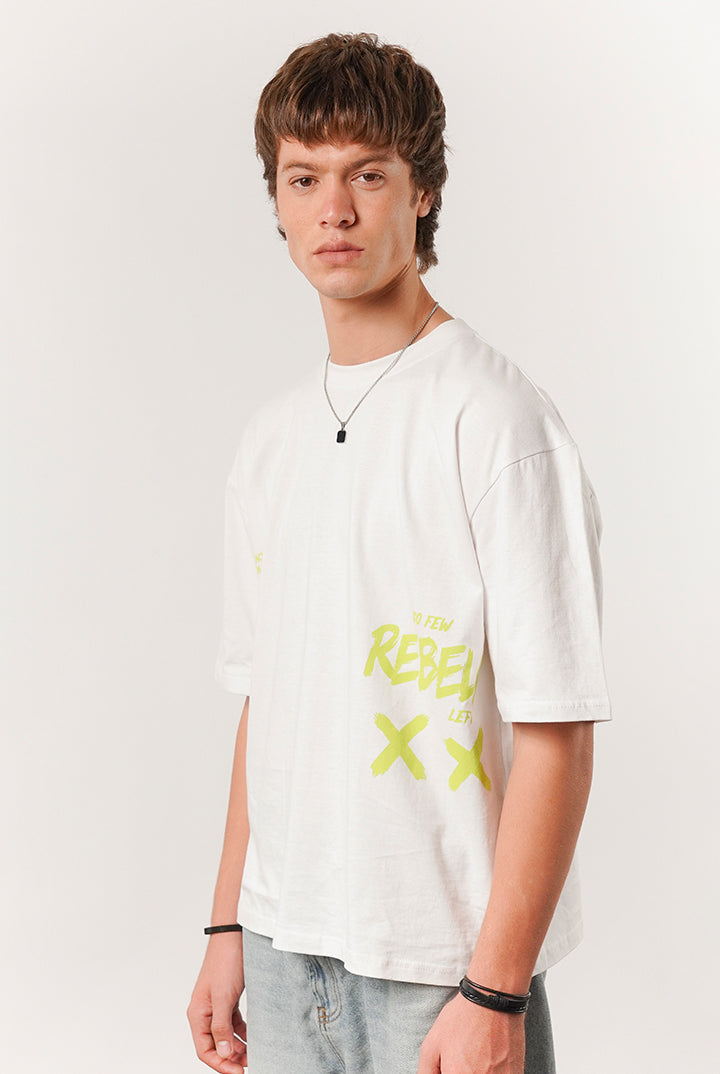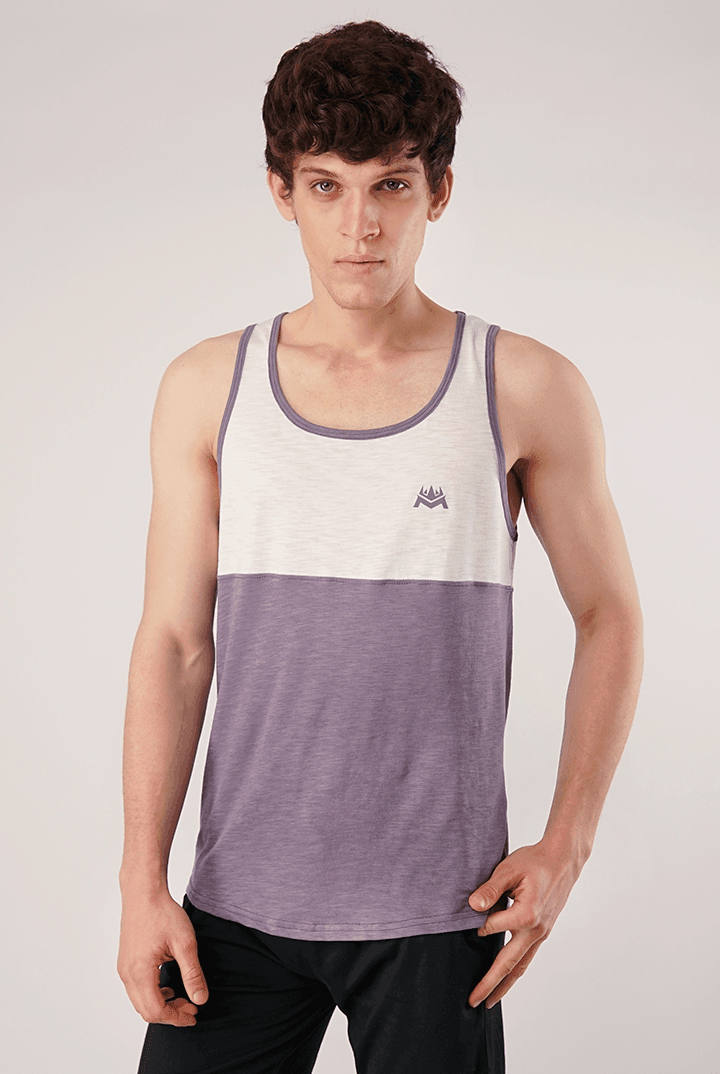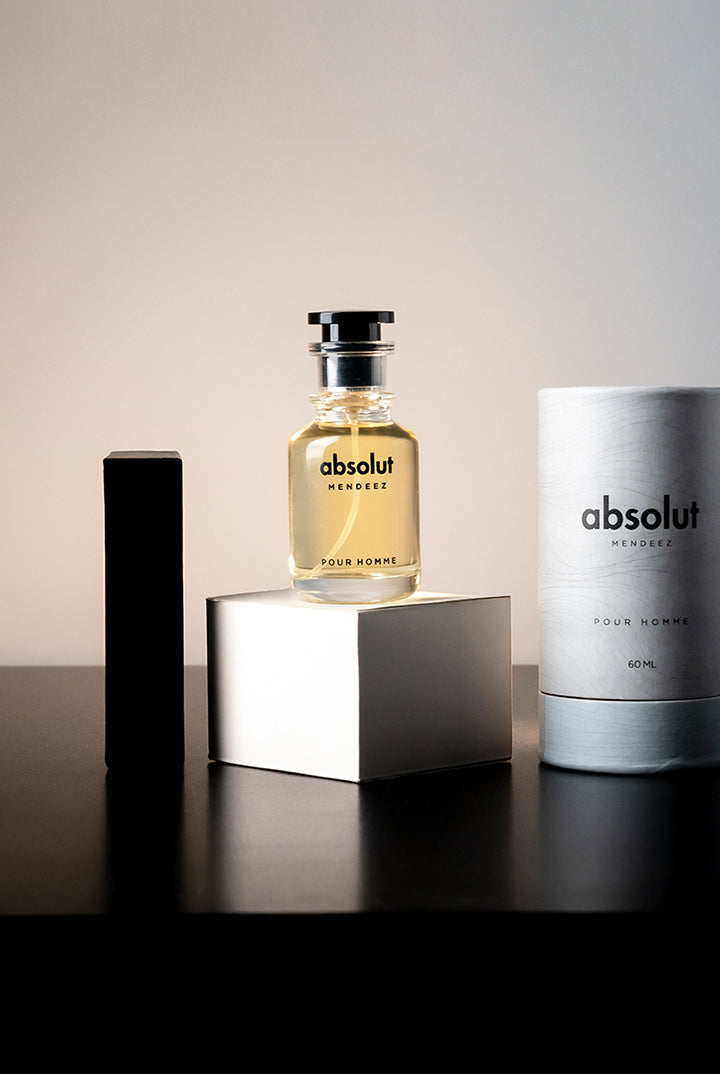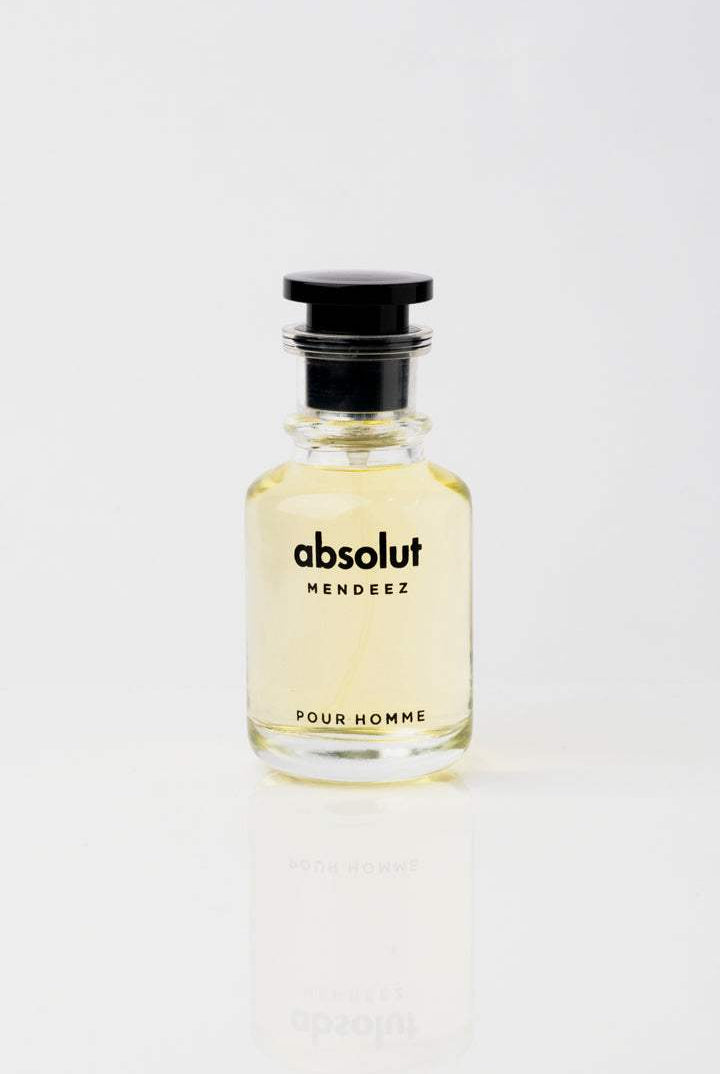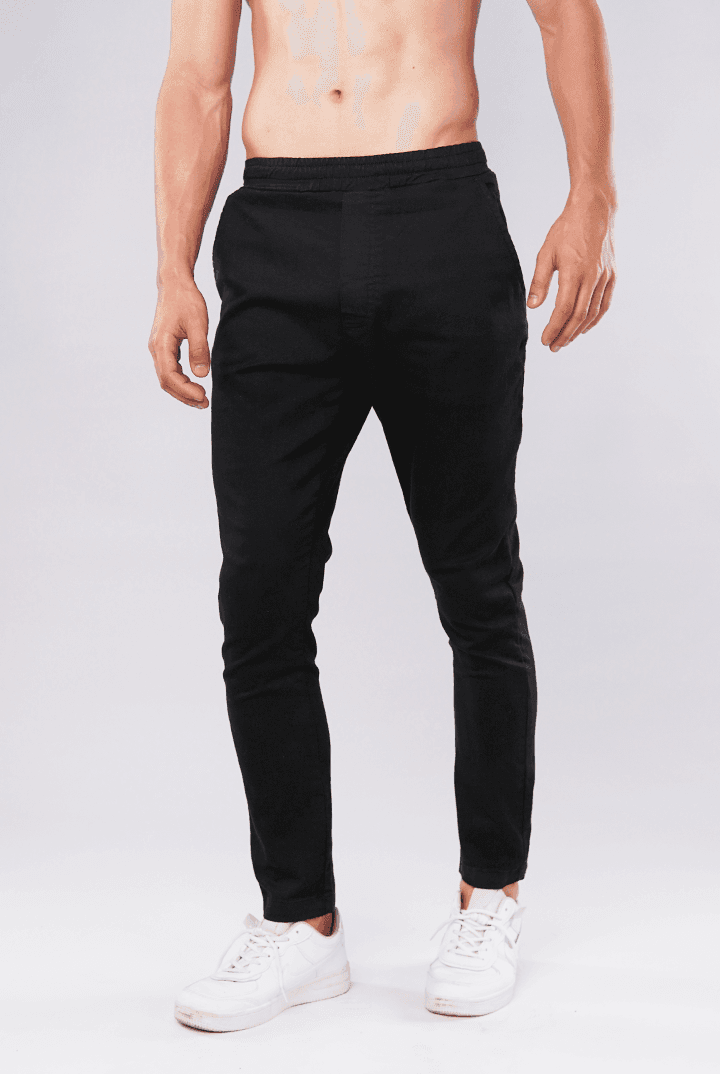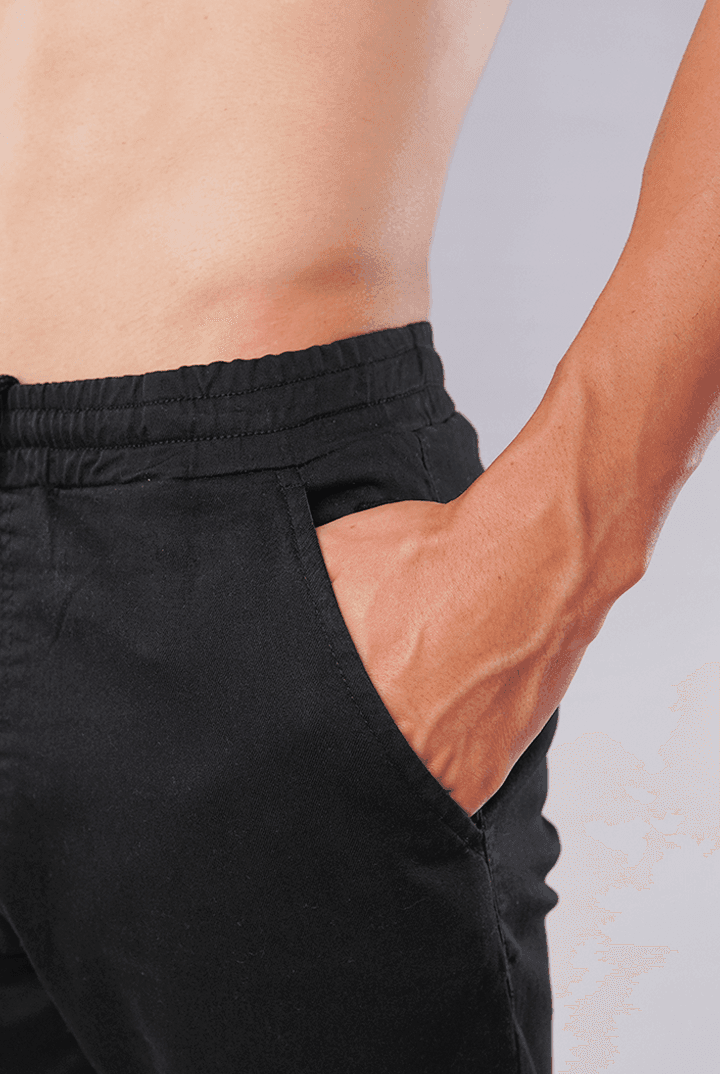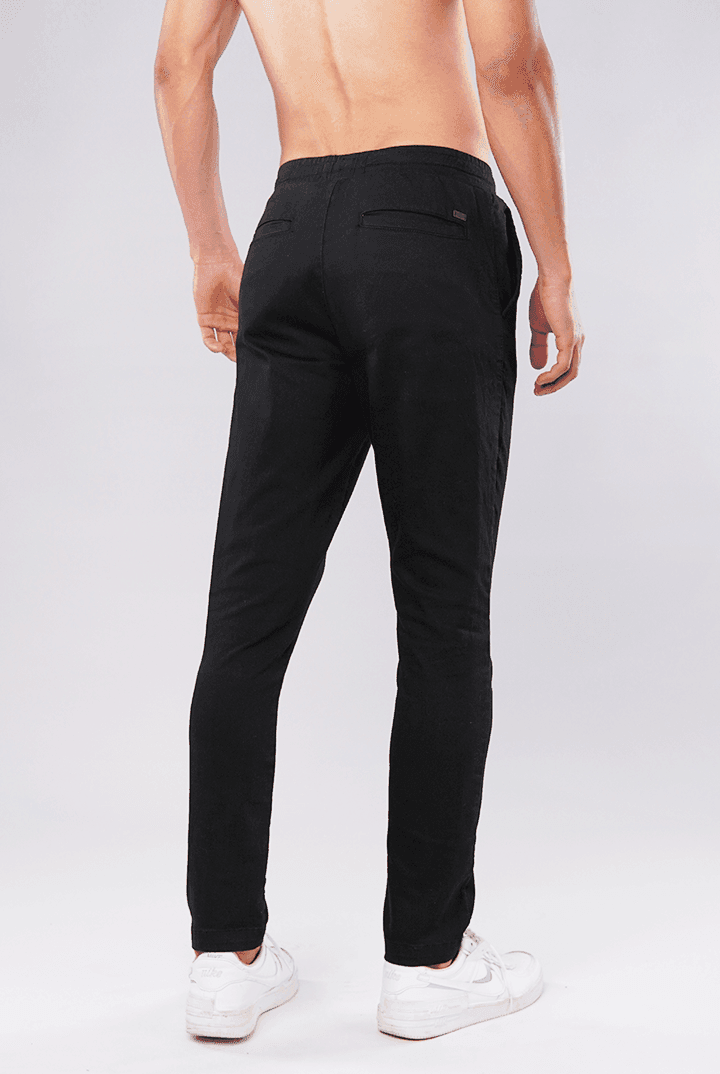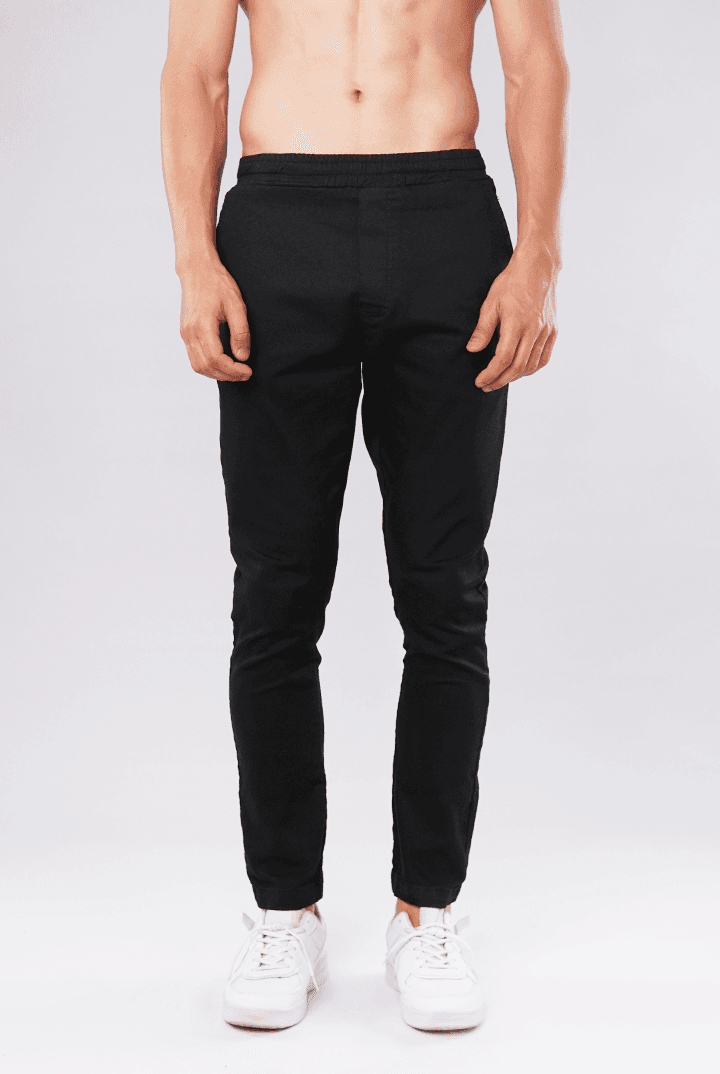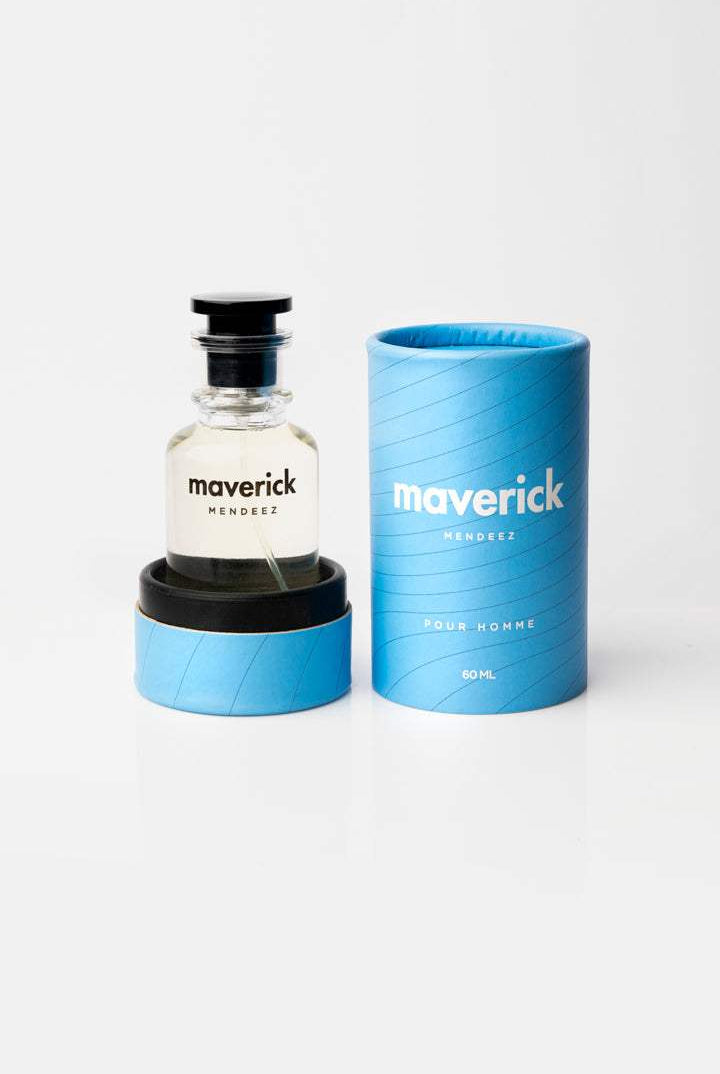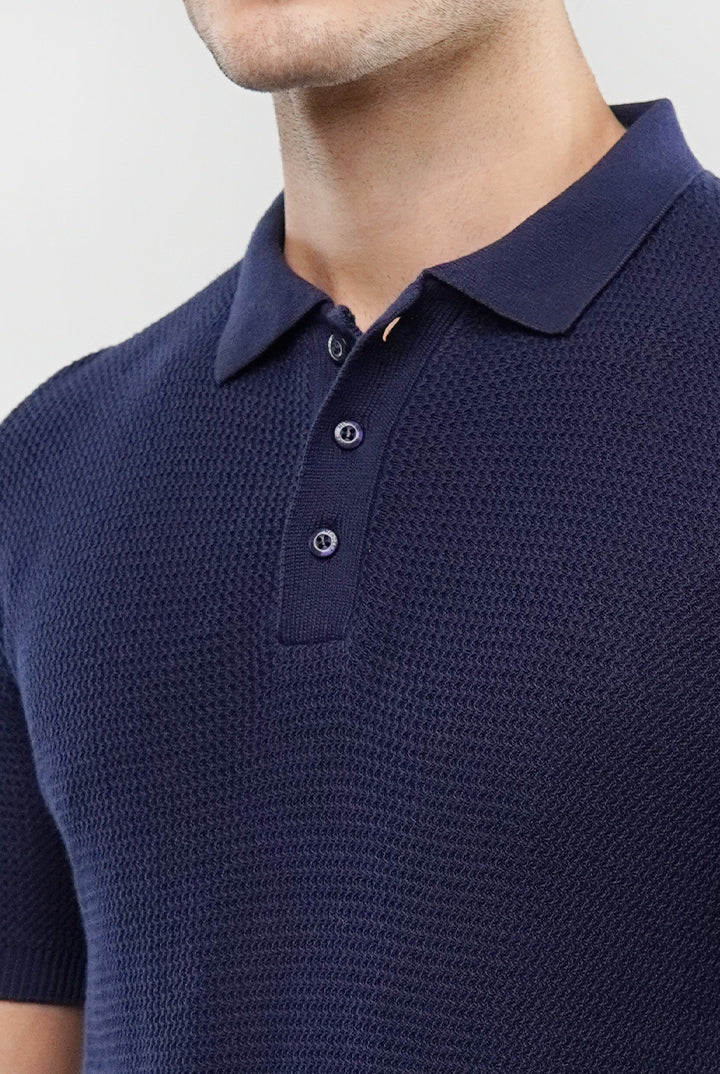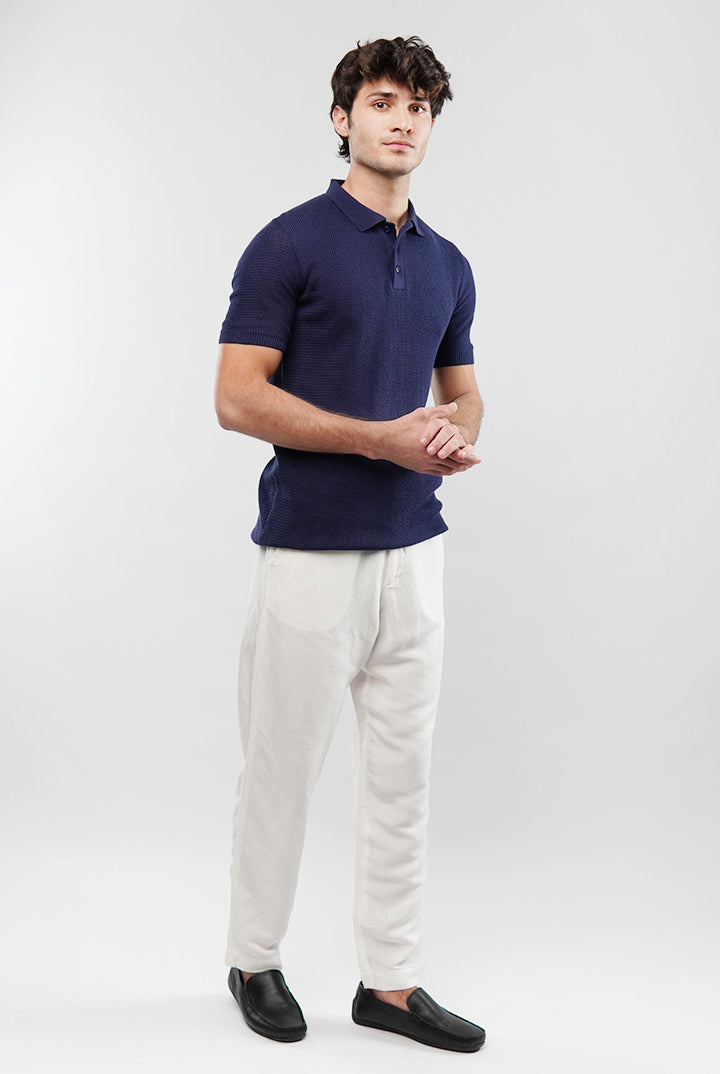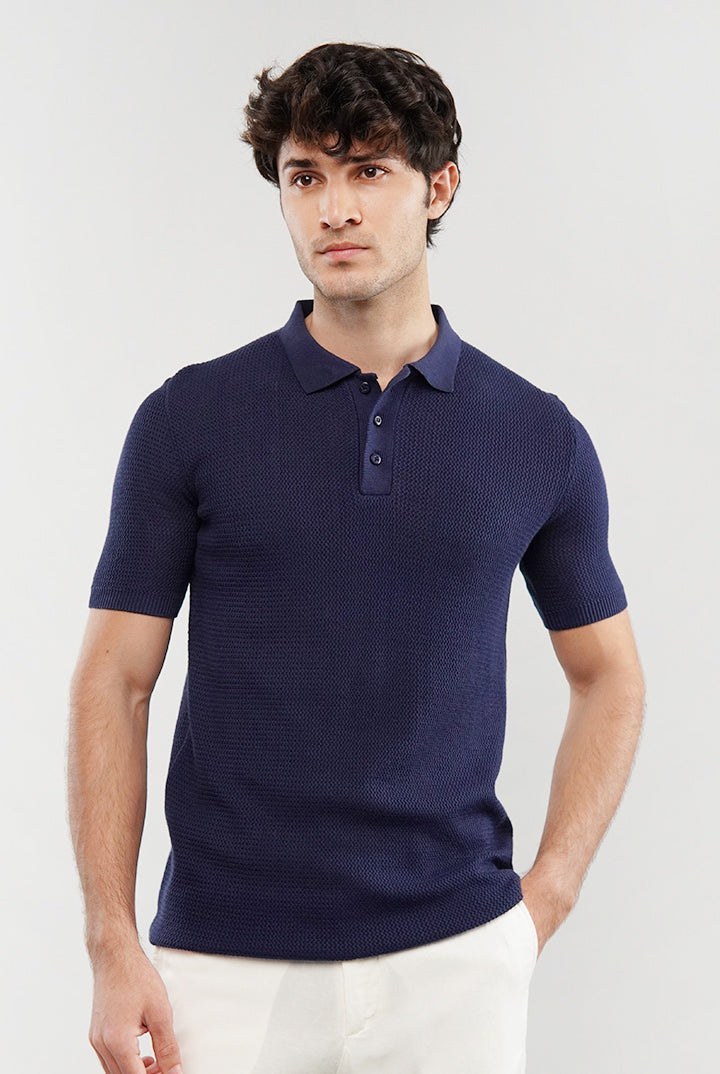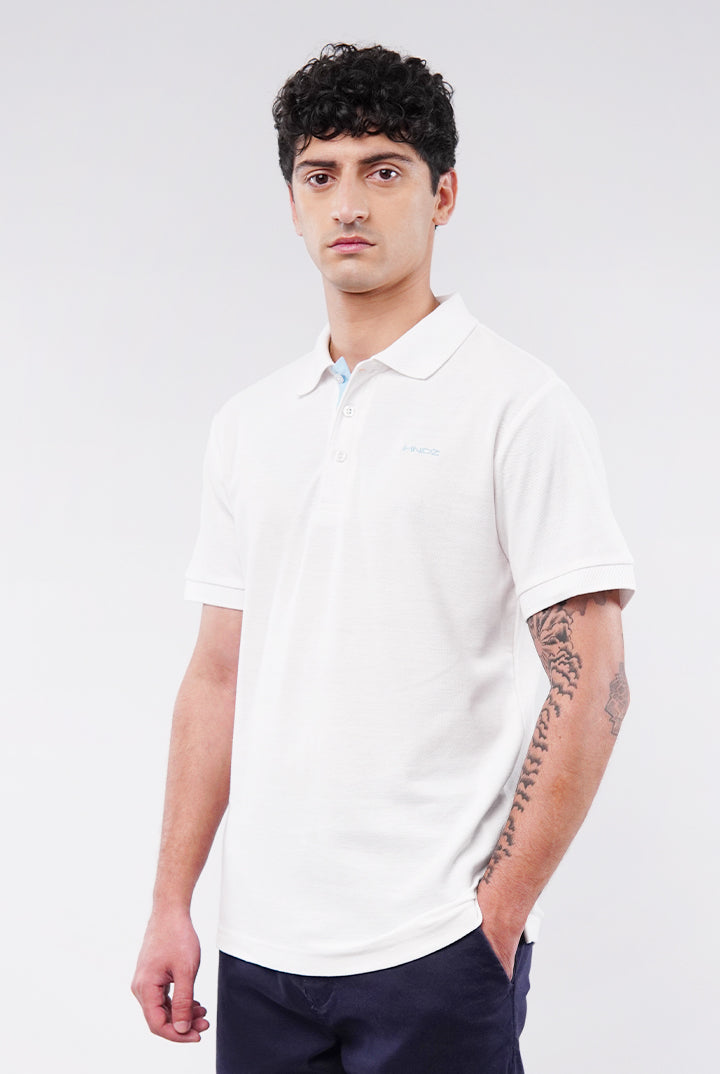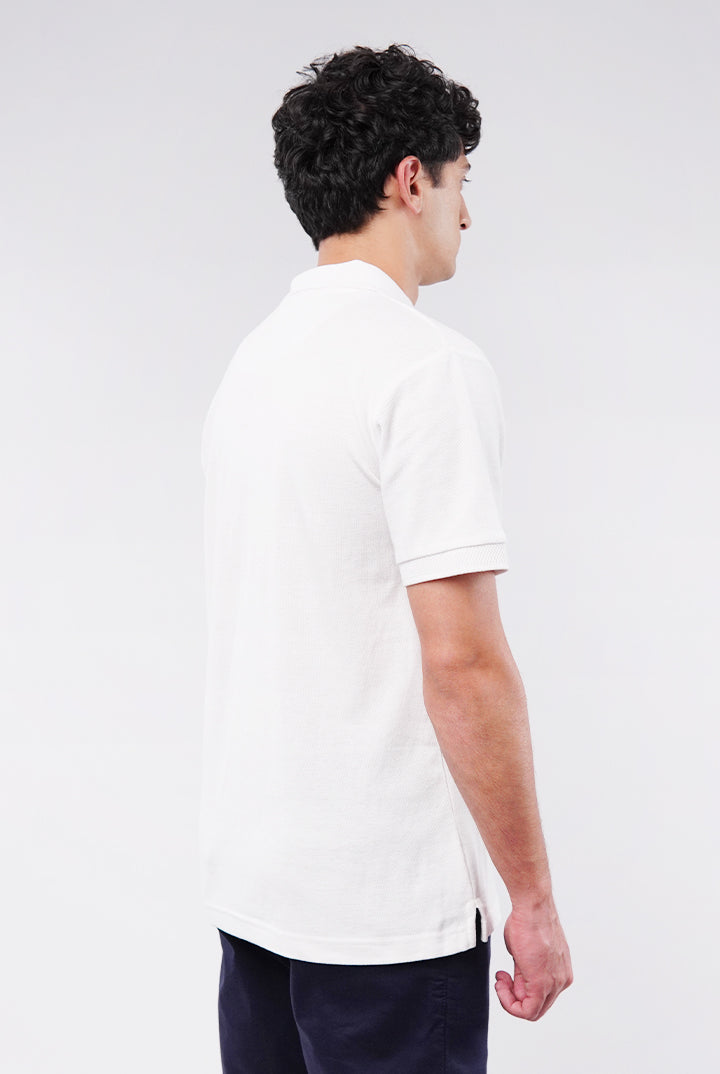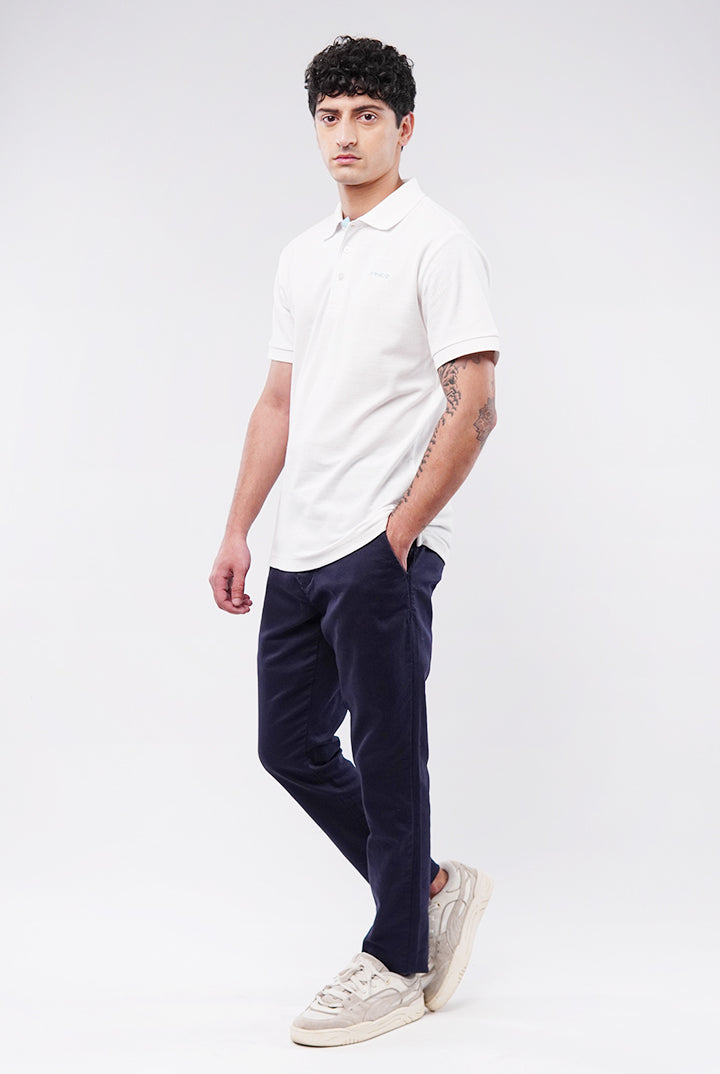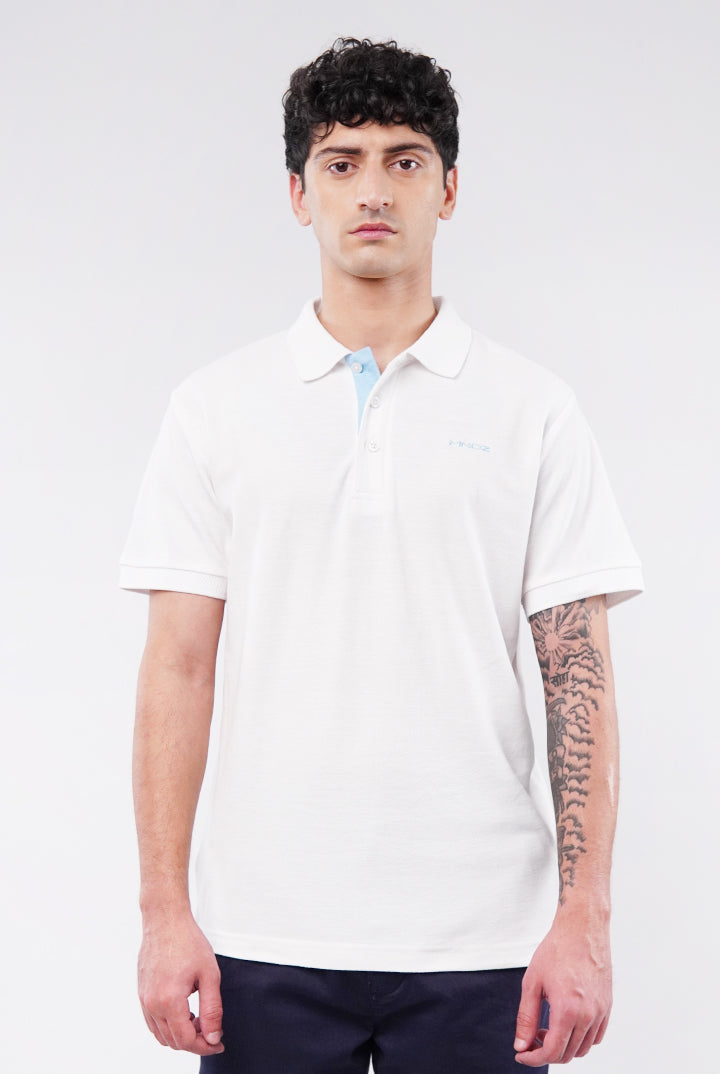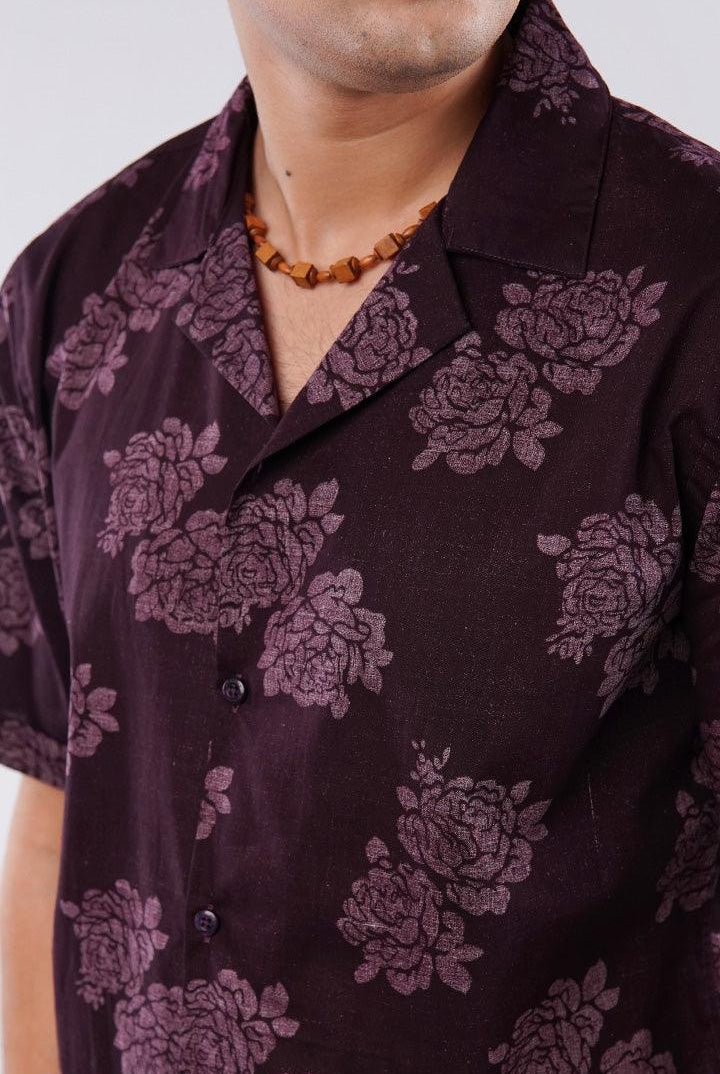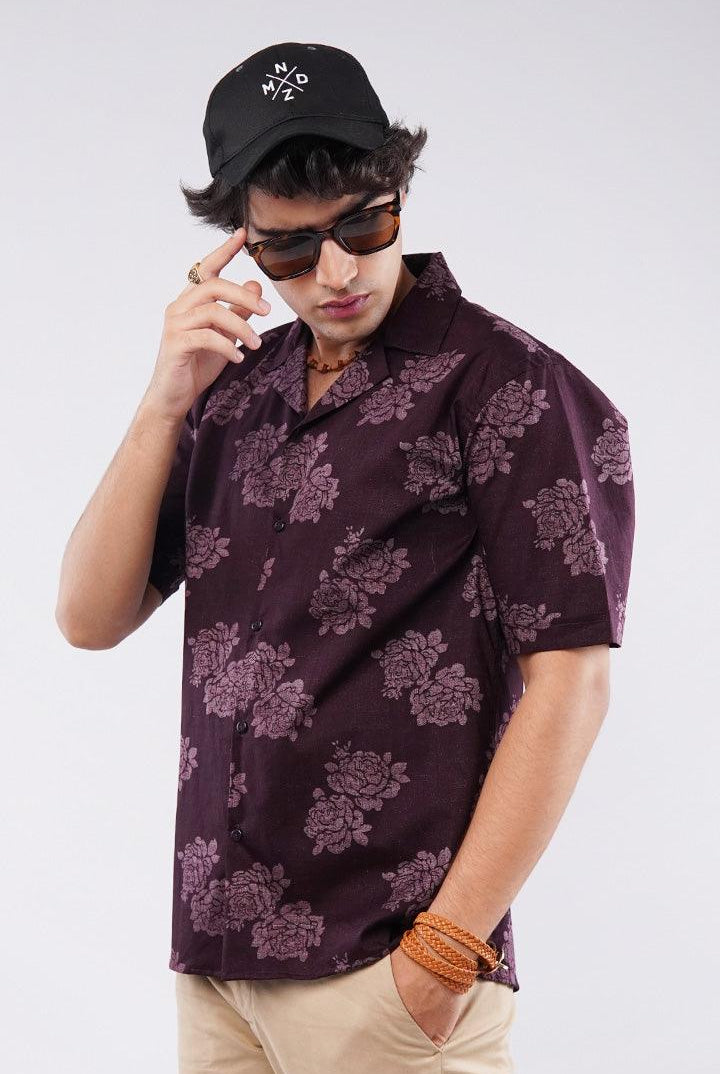Stay Warm: A Guide to Men's Cold-Weather Apparel
As the temperature drops, staying warm becomes a top priority. But that doesn’t mean you have to sacrifice style. Men’s cold-weather apparel can keep you cozy while still looking good. This guide will help you understand the essentials of winter clothing, what to look for, and how to layer effectively.
1. Understanding Cold-Weather Apparel
Cold-weather apparel refers to clothing designed to keep you warm and protected during chilly months. This includes jackets, sweaters, thermals, and accessories that help retain body heat and shield you from the elements.
Why It Matters:
- Comfort: Wearing the right clothing helps you stay comfortable and enjoy outdoor activities.
- Health: Proper winter wear can prevent illnesses caused by exposure to cold temperatures, like hypothermia or frostbite.
- Style: Cold-weather clothing can be fashionable and functional, allowing you to express your personal style.
2. Essential Cold-Weather Clothing Items
A. Winter Coats and Jackets
A good mens coat in pakistan is the cornerstone of any cold-weather wardrobe. Look for jackets that offer insulation and protection from wind and moisture.
Types of Winter Coats:
- Puffer Jackets: These are filled with down or synthetic insulation for maximum warmth. They are lightweight and packable, making them great for travel.
- Wool Coats: A wool overcoat provides warmth and sophistication, perfect for formal occasions.
- Parka: These are longer coats often insulated with down. They are great for extremely cold weather and usually come with a hood.
Tip: Choose a best jackets for men that fits well and allows for layering underneath.
B. Layering Pieces
Layering is crucial for staying warm in winter. Here are the main types of layers:
- Base Layer:
- Thermal Tops: These are fitted tops made from materials like merino wool or synthetic fabrics. They trap heat and wick moisture away from your skin.
- Long John Pants: Thermal leggings or long underwear keep your legs warm without adding bulk.
- Mid Layer:
- Sweaters and Hoodies: A warm sweater can provide insulation. Fleece-lined hoodies are cozy and versatile for casual wear.
- Cardigans: These are great for layering over shirts and can add a touch of style.
- Outer Layer:
- Your winter coat or jacket serves as the outer layer, providing wind and water resistance.
C. Pants and Bottoms
Staying warm isn’t just about your upper body. Your legs need protection, too.
Types of Cold-Weather Pants:
- Insulated Trousers: These are designed for warmth and are great for outdoor activities like hiking or skiing.
- Jeans with Thermal Lining: Look for denim that has a warm lining for added insulation.
- Chinos: Opt for thicker, lined chinos for a smart-casual look.
Tip: Avoid wearing cotton pants in cold weather, as they can retain moisture and make you feel colder.
D. Accessories
Accessories play a vital role in keeping you warm. Here are some must-haves:
- Hats:
- Beanies: A warm, snug beanie can help retain body heat, as a significant amount of warmth escapes from your head.
- Trapper Hats: These have ear flaps and are excellent for very cold climates.
- Gloves and Mittens:
- Insulated Gloves: Look for gloves that offer warmth without sacrificing dexterity.
- Mittens: These keep your fingers together for added warmth, though they may limit movement.
- Socks:
- Thermal Socks: Opt for socks made from wool or a blend that offers warmth and moisture-wicking properties.
3. Choosing the Right Fabrics
The materials you choose for your cold-weather clothing can make a significant difference in comfort and warmth.
A. Wool
Wool is a natural insulator that traps heat, making it ideal for winter wear. It also wicks moisture away from the body, keeping you dry.
B. Fleece
Fleece is lightweight and provides excellent insulation. It’s soft and comfortable, making it a popular choice for jackets and sweaters.
C. Down and Synthetic Insulation
Down jackets offer incredible warmth but can be less effective when wet. Synthetic insulation is a great alternative, providing warmth even in damp conditions.
D. Waterproof Materials
For outer layers, look for materials that are water-resistant or waterproof. This helps keep you dry during rain or snow.
4. Tips for Staying Warm
A. Layer Wisely
The key to staying warm is to layer effectively. Start with a snug base layer, add a warm mid-layer, and finish with a protective outer layer. This helps trap heat and allows you to adjust your clothing as needed.
B. Choose the Right Size
Make sure your clothes fit well. If they are too tight, they can restrict movement and circulation. If they are too loose, they may not trap enough heat.
C. Stay Dry
Moisture can make you feel colder, so choose moisture-wicking fabrics for your base layers and ensure your outer layer is water-resistant.
D. Keep Your Extremities Warm
Your hands, feet, and head lose heat quickly. Make sure to wear warm socks, insulated gloves, and a hat to retain body heat.
E. Consider Your Activities
Choose your clothing based on your planned activities. If you’re going to be active, opt for breathable fabrics that allow sweat to escape. For more sedentary activities, prioritize warmth.
5. Conclusion
Cold-weather apparel doesn’t have to be boring or bulky. By choosing the right clothing items, layering effectively, and selecting high-quality materials, you can stay warm and stylish all winter long.
Invest in a good winter coat, comfortable base and mid-layers, and essential accessories to complete your look. Remember, staying warm is not just about comfort; it’s also about enjoying the winter months and looking good while doing it. So bundle up and embrace the cold!

